Learn About Popular Species of Birds Found in Albany
While it can be easy to spot abundant year-round residents like the Canada goose or mourning dove, Albany area birders can also check out these popular species who can be found if you know where and when to look.
Short-Eared Owl
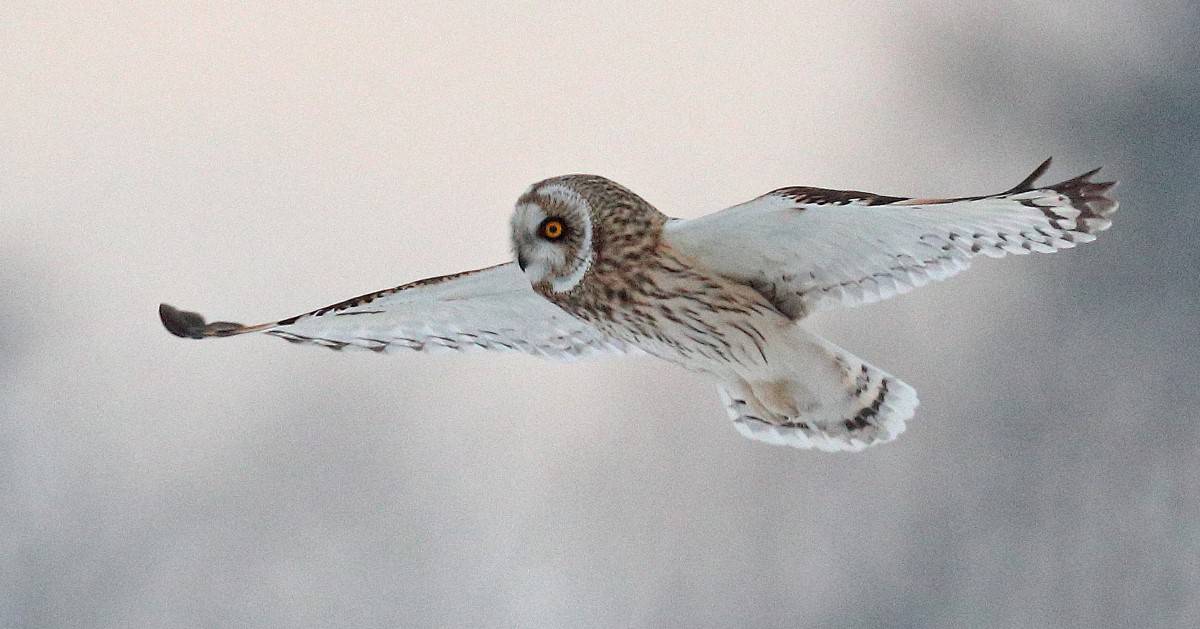
The Short-eared owl is an uncommon winter resident, but you might see one if you go to the Washington County Grasslands Important Bird Area in Fort Edward, less than an hour from Albany. Short-eared owls, along with other grassland species, are rapidly declining and this Important Bird Area is crucial to the local population of short-eared owls. Plan a day trip to the grasslands in late fall or the winter; they migrate to Northern Canada during the summer.
Snowy Owl
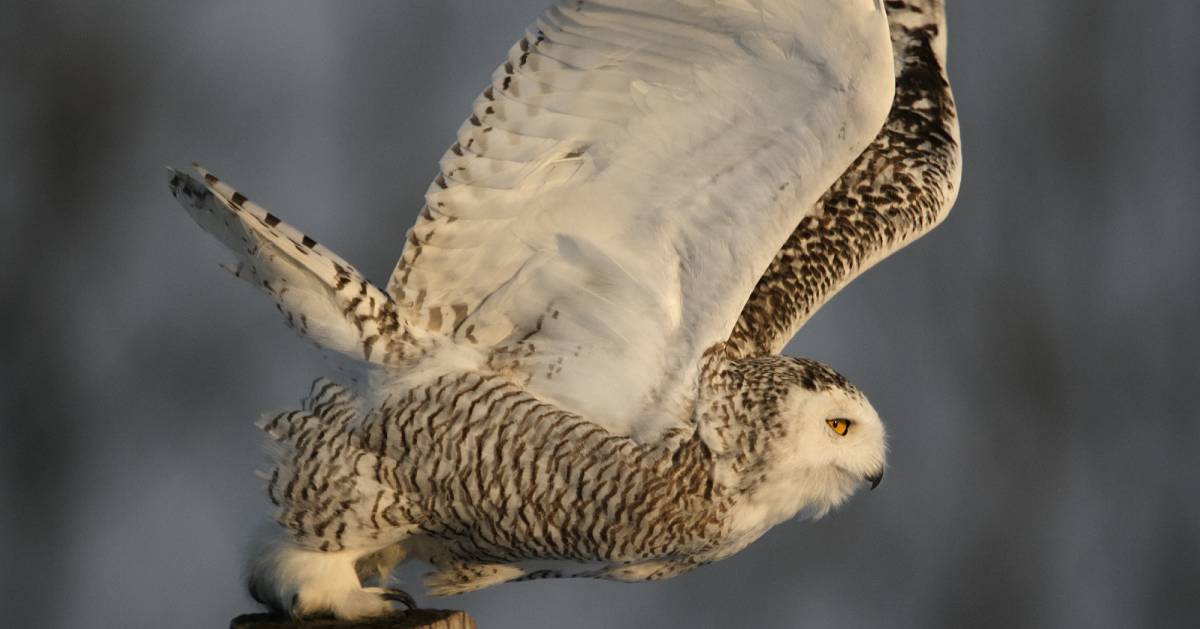
The Snowy owl is one of the most popular species birders seek out in this region. Snow owls tend to visit areas like the Washington County Grasslands in the winter, although they have also been spotted at the Albany International Airport, Schenectady County Airport, and at the Rensselaer Polytechnic Institute campus.
American Kestrel

The smallest falcon in North America, the American kestrel can be found in open grasslands and fields where they hunt insects, mice and other rodents. You might also spot them perched on powerlines or flying over open fields. Although they have a widespread distribution throughout the eastern US their numbers have declined significantly over the past 50 years.
Red-Tailed Hawk

The Red-tailed hawk is a common year-round resident in the Capital Region and the most common hawk in the state. You can spot this raptor by his sturdy reddish tail. Red-tailed hawks can be found flying over fields, hanging out in trees, or resting on top of power poles along highways. While some are year-round residents they tend to move to the grasslands in the winter.
Great Blue Heron

Great blue heron look for fish and other food in swamps, marshes, lakes, slow-moving rivers and streams, and along beaches - they're adaptable to all kinds of waters. If you don't see them in the water you might spot them flying overhead. Great blue herons are the largest of the North American herons and are identifiable by their long legs and sharp bill. This bird has been spotted at Dyken Pond, Vischer Ferry Nature Preserve, and Schodack Island State Park. They can be seen all year but are more abundant during their breeding season from mid-April to the end of July.
Bobolink
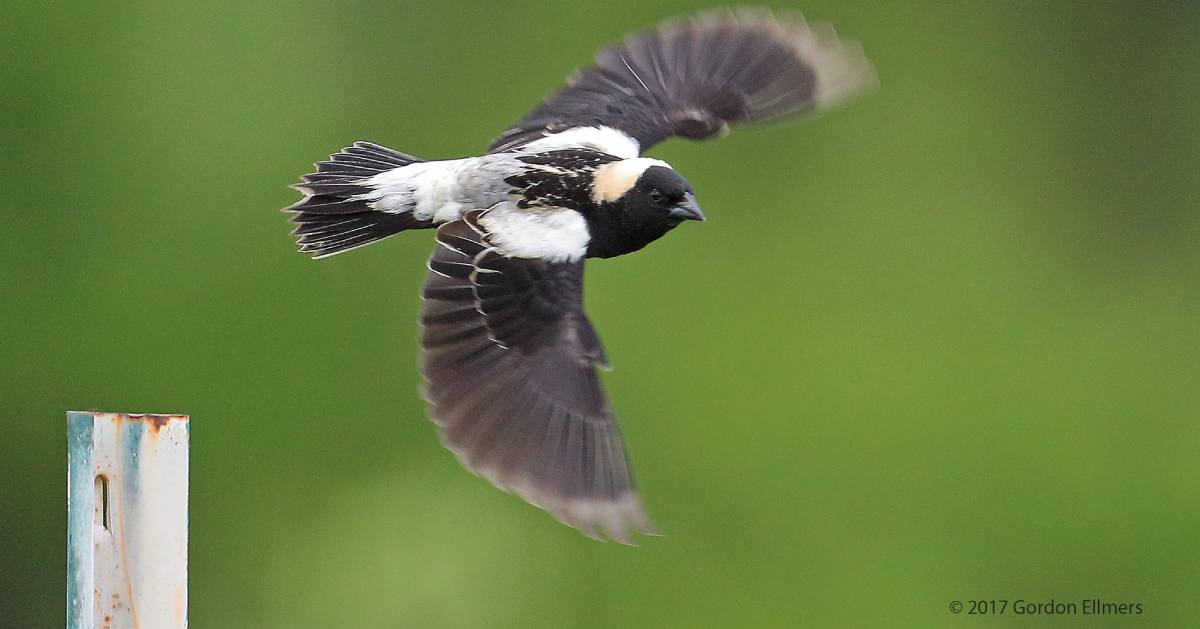
This unique, medium-sized songbird is commonly found in open grasslands or hayfields. Male Bobolinks have completely black undersides with a "cap" of feathers on their head while females, youth, and non-breeding males have a yellow color underneath with brown wings and tales. They enjoy medium-tall grasses with a few shrubs or trees nearby.
Osprey
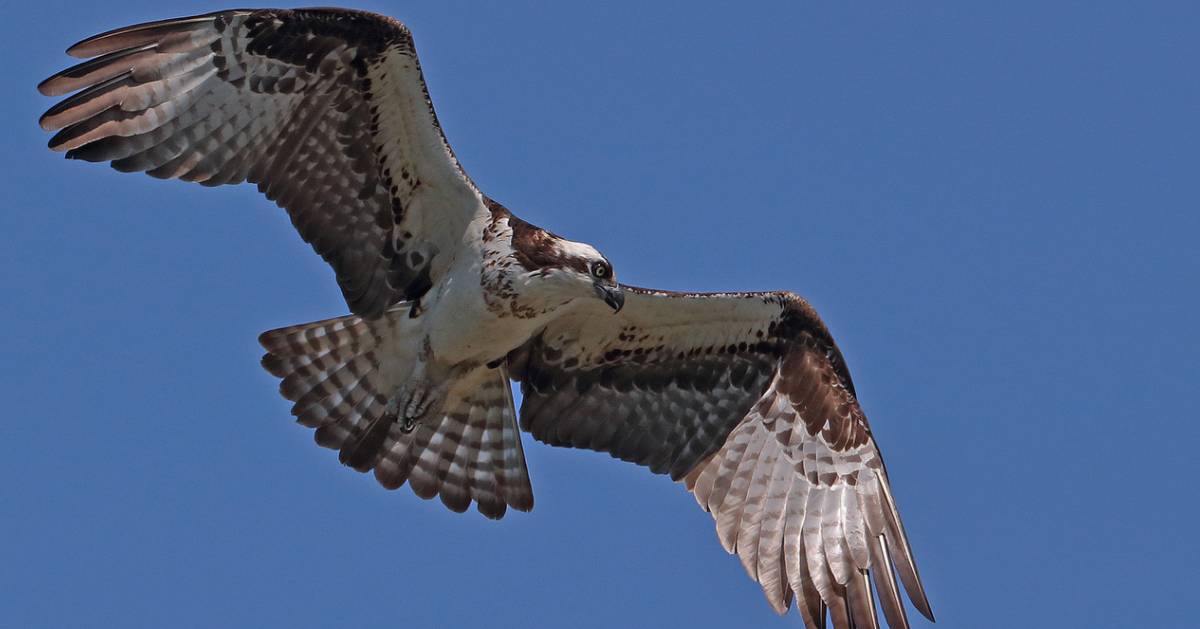
The osprey is a bird of prey with a commanding presence that feeds primarily on fish that they catch with their long, hooked talons. In fact, they can even plunge deep enough into the water to momentarily submerge its entire body! Ospreys roost and forage at the Schodack Island State Park and they've also been seen at the Vischer Ferry Nature Preserve. They're also known for building nests on top of electric transmission line towers, where they have a bird's-eye view from which to scan the water for fish.
Grasshopper Sparrow
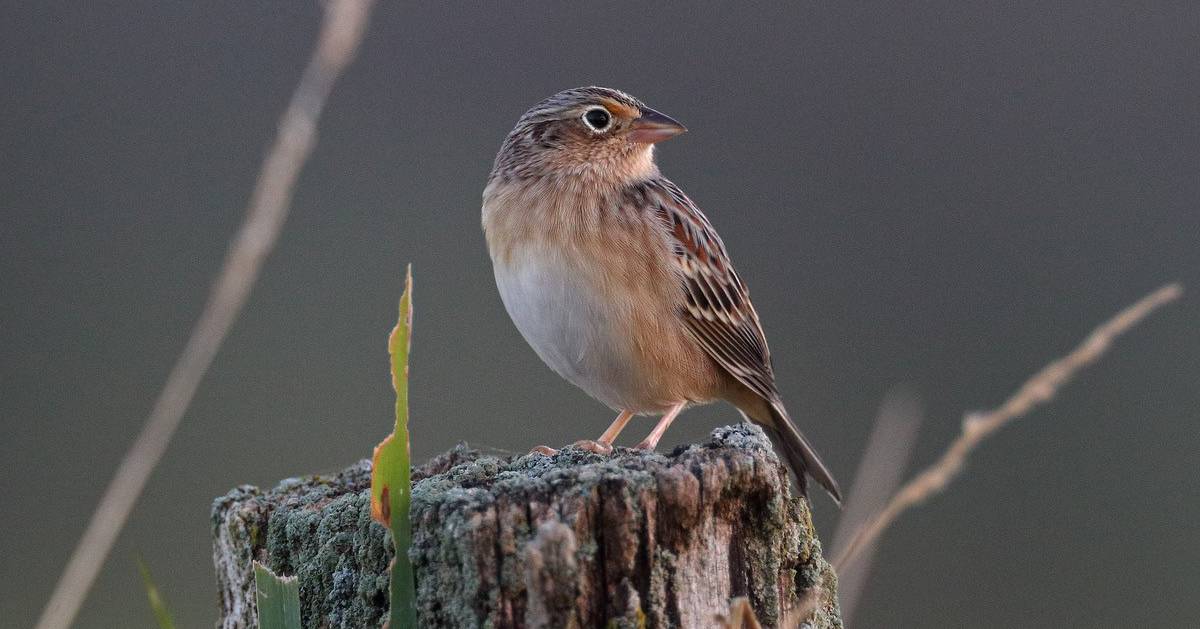
Grasshopper sparrows tend to hide in tall grasses where they build nests and forage. Males can be seen during breeding season, which starts in mid- to late-May. Because they're nocturnal migrants they're not often seen during migration. Look for these sparrows in upland meadows, pastures, hayfields, croplands, and open grasslands.
Northern Harrier

The Northern harrier is a long-winged and long-tailed hawk that can be found flying low over the ground in open country and fields. Breeding occurs in freshwater and brackish marshes, tundra, fallow grasslands, meadows, and cultivated fields.
Northern Cardinal
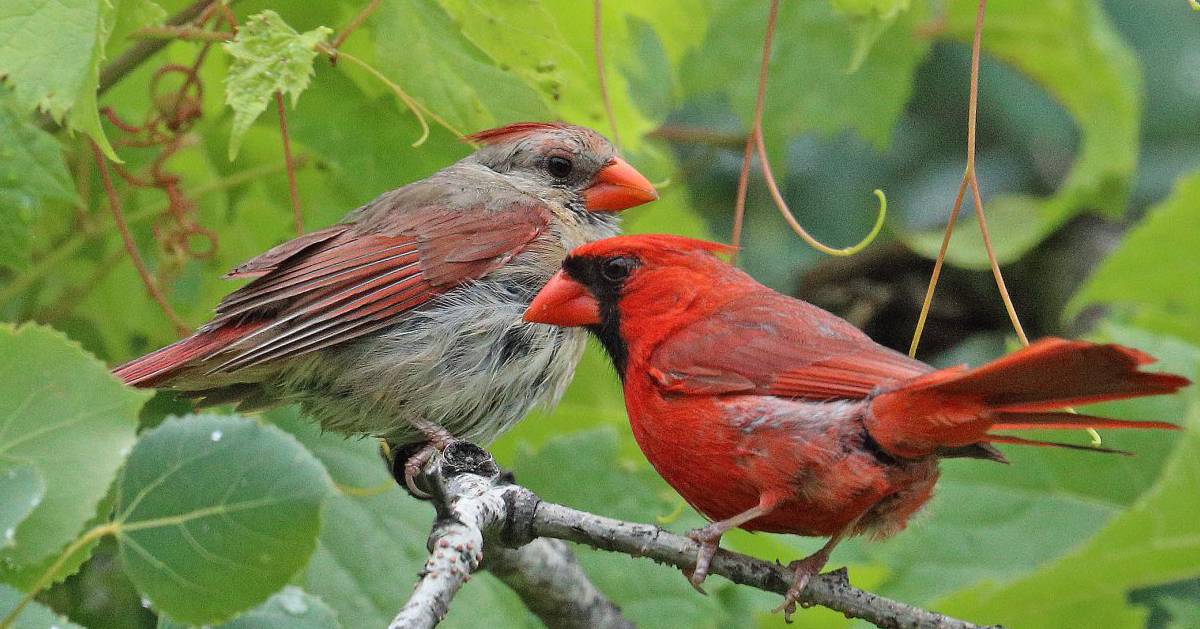
A common year-round resident, the male Northern cardinal is easy to spot by his vivid red color; the female is a brownish tan color. Both are about 7 to 9 inches in length and have a 12-inch wingspan. Look for cardinals in shrubbery and thickets of woodlands all year long, although males are particularly easy to spot in the winter with that bright red against white snow.
Please note: Giving birds and other wildlife appropriate space while birding is vital. Birders have attempted to get too close to snowy owls to photograph them in recent years. The DEC warns birders to stay at least 1,000 feet away from active great blue heron rookeries, as human disturbance is the biggest cause of nesting failures.